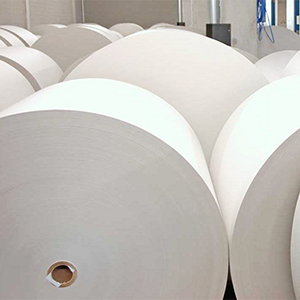Articles
Import of paper - how will domestic markets be affected?

The local paper industry, which is battling to adapt to high input costs and perpetual lack of pulp wood, will confront another test in 2014 — duty free import of paper from South-East Asian countries.
On Jan 1st, India’s 2.5 per cent duty on paper imports has come down to zero, according to the free trade agreement it has with the Association of Southeast Asian Nations (ASEAN). The duty waiver in itself is not really a problem, but in the context of the weakening competitiveness of paper mills, imports will aggravate the situation, say industry experts.
Senior executives at large paper mills under the Indian Paper Manufacturers Association feel that the depreciation in the rupee has so far been an import barrier. But with the existing pulp wood shortage, large paper manufacturers have started importing expensive pulp wood thereby shooting up production costs. In the current year, paper prices have risen by 10-15 per cent and this is creating space for imports.
Pulp wood prices are up by 70-80 per cent in the last couple of years to about Rs 10,000 a tonne. Paper mills are importing pulp wood even if it is costlier by 30-40 per cent as domestic stocks are unavailable.
With imports of cream wove and maplitho paper set to pick up, the note book segment could be affected.At about $780 a tonne cost and freight for stocks from South Korea, the landed cost is about Rs 48,000 a tonne against the domestic price of Rs 52,000.
Coated paper, copier paper and specialised products are also expected to flow in. India imports 8-9 lakh tonnes of these varieties every year. Annual consumption of coated paper is estimated at about 6.4 lakh tonnes with 40 per cent – about 2.7 lakh tonnes – achieved through imports from China. The new sources could be Indonesia and South Korea in the coming years because of the cost advantage.
The two largest domestic suppliers of coated paper are Ballarpur Industries Ltd and JK Paper Ltd. Though coated paper prices in the domestic market are set as standards against international prices, the threat of easier imports will reduce the flexibility for these mills, industry agents say.
The challenge for the imports will be setting up a distribution channel within the country and competing against well-rooted domestic players.
Branded copier paper demand is about 5.5 lakh tonnes and imports are restricted to some niche, high grammage varieties totalling about 5,000 tonnes. However, an importer pointed out that copier paper demand is growing in the double digits annually. An even greater growth in demand will have to come from imports.
http://www.thehindubusinessline.com



